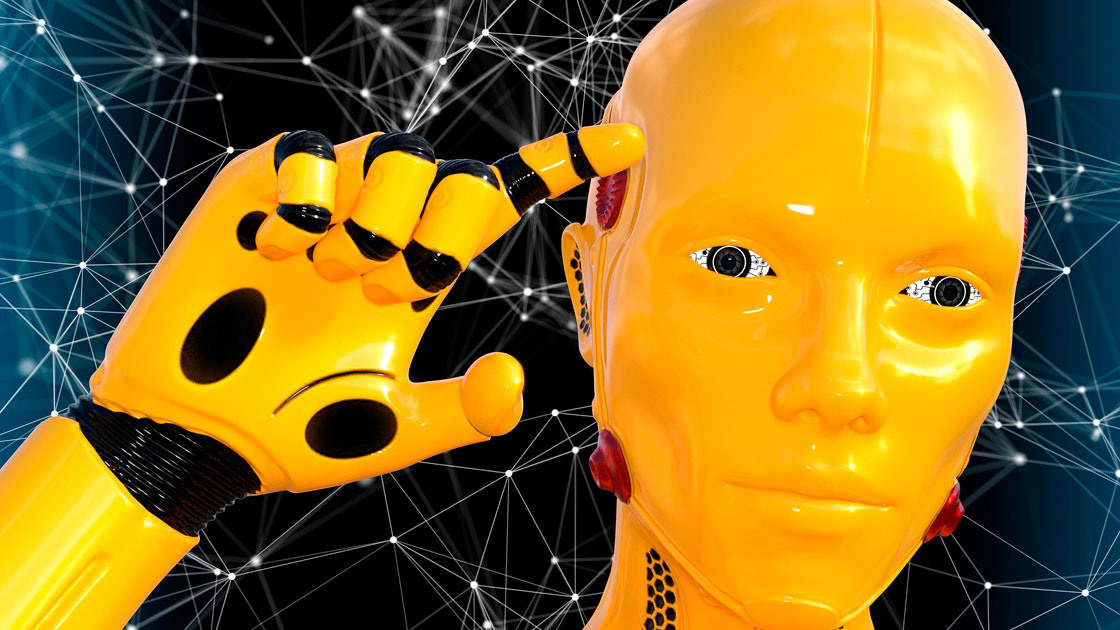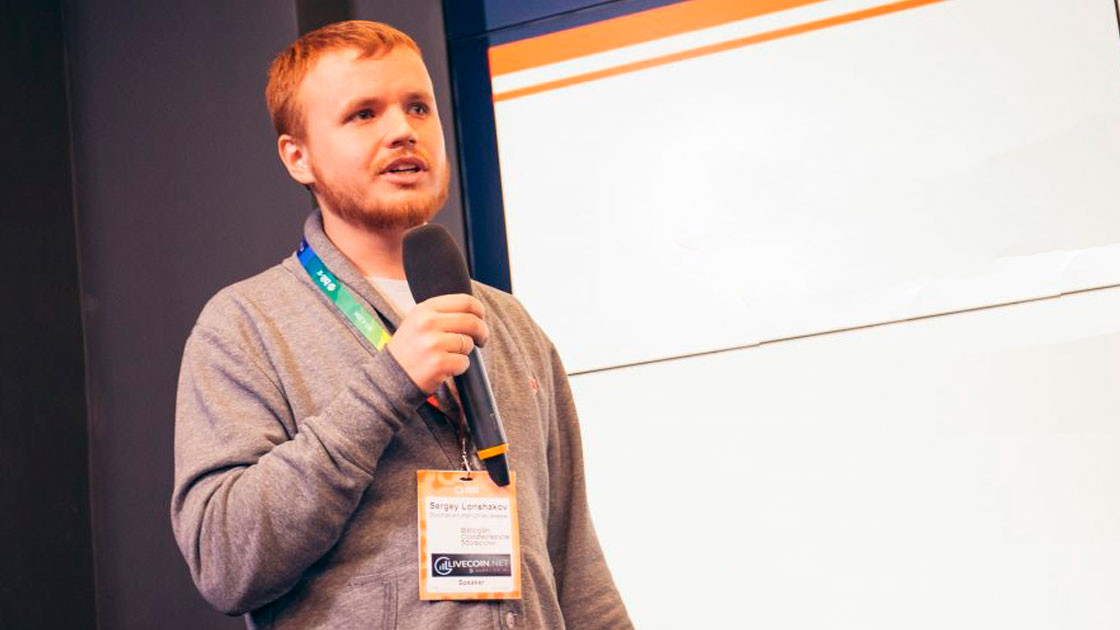Robonomics, Explained

Robonomics is the first open source platform which you can use to connect your robot as a service for end users or digital markets.

Robonomics is the first open source platform which you can use to connect your robot as a service for end users or digital markets.
Robonomics is an open-source IoT platform with support for Web 3.0 technologies: IPFS, Ethereum, and Polkadot.
Applications, IoT services, and robots running the platform exchange economic and technical information in the form of atomic transactions.
With the help of Robonomics, developers will be able to launch IoT devices in a decentralized cloud: coffee machines, drones, sensors, as well as smart systems like autonomous factories or car fleets.
Robonomics supports:
Platform participants interact with each other using transactions on top of Ethereum and Polkadot.
XRT is an ERC-20 token for payment of transaction fees and services in the Robonomics network. Nodes publish reports on the interaction of network participants on the Ethereum blockchain and receive rewards in XRT. The higher the gas consumption, the more expensive the token. With the move to Polkadot, developers will update XRT tokenomics to maintain a reward system for node owners.
RWS is a token for subscribing to transactions in the Robonomics network. After activating RWS, the user is entitled to send one free transaction every second. The developers have released 100 RWS. 50 of them can be obtained by teams that use Robonomics for research and development.
The development includes a group of 30 people, who are professionals in engineering, economics, and other related spheres.
Sergey Lonshakov is the architect and creator of the network.

With the help of the blockchain platform developers:
Users are turning IoT devices into autonomous economic agents. The robot receives the wallet address, and with it - the ability to accept payment for the work performed and pay for the services of other agents.
A human and a robot interact like this:
Then the robot uses the earned funds:
In the future, the robot will be able to share the profit with the owner. For example, Tesla will deliver Uber users while the owner is at work. At the end of the day, the car will drop by the car wash, pay for the charge, and pick up the owner from the office.
The team maintains code repositories that can be used to create IoT applications and control devices over the blockchain. To develop an application you need:
The Robonomics Network team has implemented 13 scenarios for using the platform, including:
Distributed Sky is a p2p framework for managing a drone fleet. Under his control, drones exchange information about the flight, choose the best routes and do not collide in the air. Distributed Sky stores flight information in the blockchain, and also forcibly changes to course or turns off the drone in case of danger;
MOBI Grand Challenge - Auction-based management of autonomous vehicles. The passenger chooses: pay more and go faster than the estimated time, or pay less and go slower. During the ride, the “fast” car pays the “slow” car to slow down and let it go forward;
DAO IPCI is a decentralized environment for investing in environmental initiatives. Issuers register initiatives and issue MITO tokens. Users buy tokens and thus pay off their carbon footprint.
You can test the platform for free: request temperature data from a sensor on Mount Fuji.